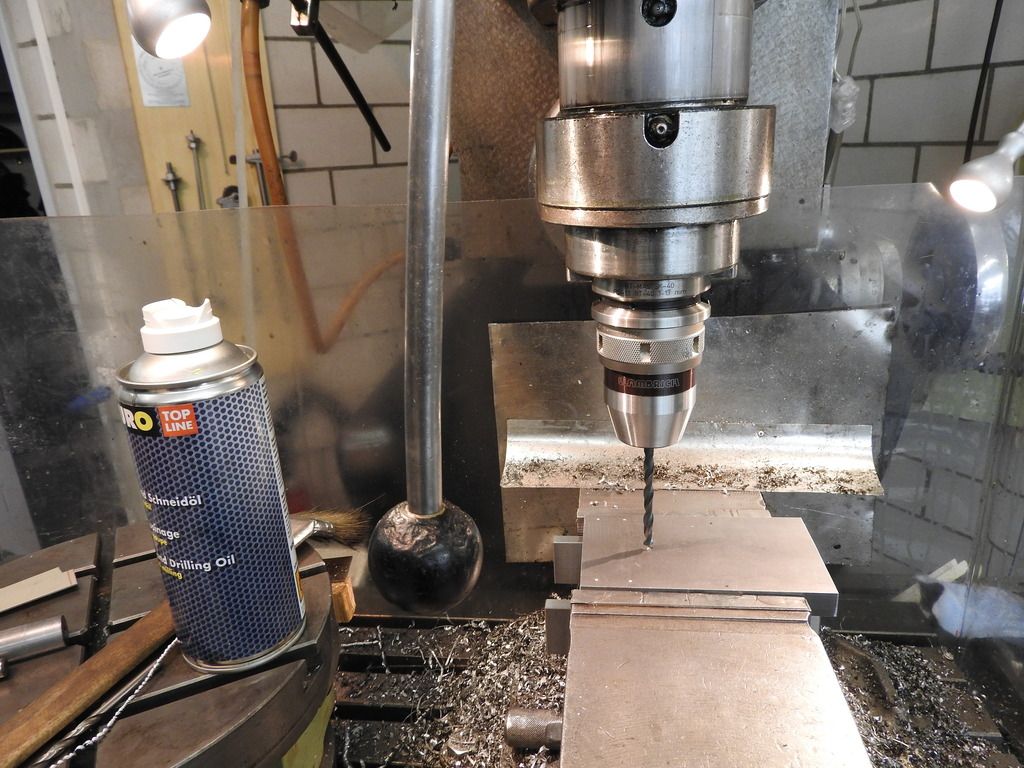challenger
Stainless
- Joined
- Mar 6, 2003
- Location
- Hampstead, NC-S.E. Coast
I'm curious about using the compound rest for most drilling operations as opposed to the tailstock. The TS on my lathe does not work worth a turd for drilling. Even with a good center punch my center drills always wander around a bit when they start. I know this is likely due to wear on/in the TS and I know there are ways to work around this problem. My question is more about using the compound for drilling for the purpose of affording more travel and easier chip clearing.
If I remove my QCTP and make a drill adapter to sit on, and clamp tightly to, the compound rest would this be something others are also doing? I am wondering if those that may can offer their experience in making such an adapter for drilling.
BTW - I have 3c colletes up to 1/2" from a vertical attachment I have for a horizontal mill. I can also use the 3c sleeve draw tube from this attachment and use it in some sort of block mounted on the compound rest. I am curious about using these items in such an adapter??? . Is making a 3c collet holding system just a dumb idea?
Thanks!
If I remove my QCTP and make a drill adapter to sit on, and clamp tightly to, the compound rest would this be something others are also doing? I am wondering if those that may can offer their experience in making such an adapter for drilling.
BTW - I have 3c colletes up to 1/2" from a vertical attachment I have for a horizontal mill. I can also use the 3c sleeve draw tube from this attachment and use it in some sort of block mounted on the compound rest. I am curious about using these items in such an adapter??? . Is making a 3c collet holding system just a dumb idea?
Thanks!


